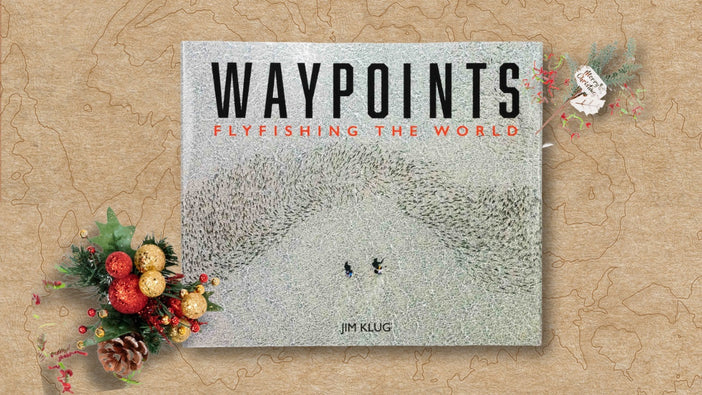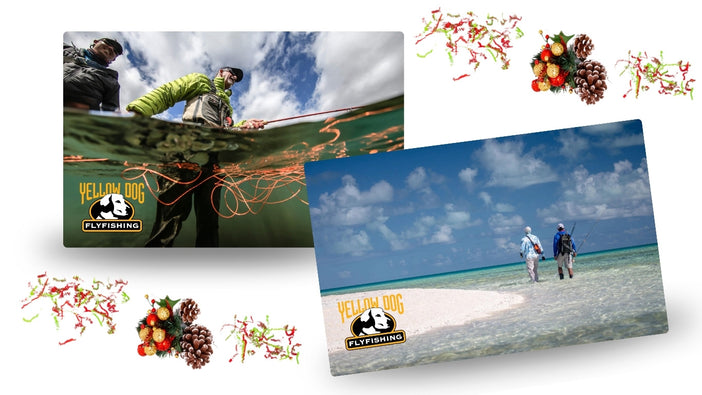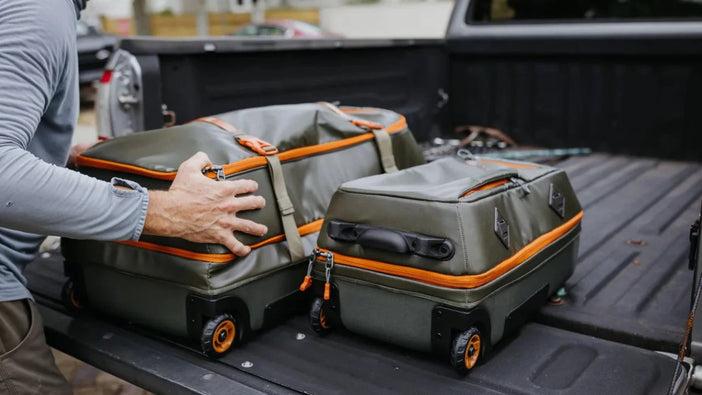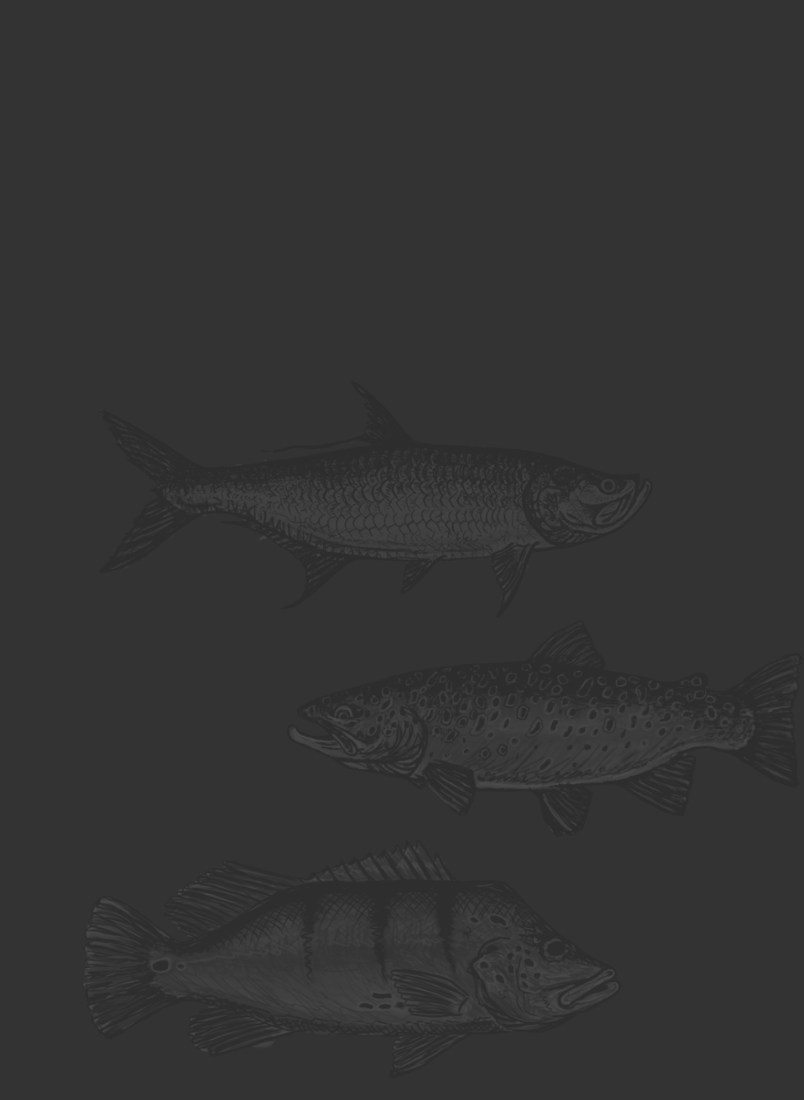Montana. Check.
Belize. Check.
India. Cheee…You haven’t been have you?
You’ve neatly marked off all the must-fish destinations, caught all the must-catch species, but India, it eludes you. Certainly not a choice for someone seeking the expected, India offers intrepid anglers an experience to break their every notion of what fly fishing “should” resemble.
Here, Misty Dhillon of Himalayan Outback magnificently highlights the many fine points of hunting Mahseer against the backdrop of culture, religion, charismatic wildlife and, the towering Himalayas.
SG: From a Western perspective, it is a bit unusual to encounter a fly fishing aficionado from India. Is there a “History of Fly Fishing in the Himalayas” that Westerners need to brush up on?
MD: It’s true that fly-fishing for this fierce beauty has only recently become better known on an international stage, but the beginnings of fly-fishing for Mahseer date back to days of the Raj (the British rule in India).
By reviewing angling classics, such as The Rod In India, by Henry Sullivan Thomas (published in the late 1880s), as well as Jim Corbett’s accounts in his legendary Man Eaters of Kumaon and Man Eaters of Rudhaprayag (published in the 1940s), we get a glimpse of India’s indigenous forest, the people, the pristine rivers and some of our first accounts of fly fishing for the mighty Himalayan Mahseer.
As a young man in the mid-90s, I read these accounts and began to obsess on mastering the art of catching the fish of my dreams on fly. Though grossly limited by fly-tackle, I was inspired by sheer optimism and constant visions of catching a mighty Golden Himalayan Mahseer. After my first few encounters with what I call the “Majestic Goddess,” it became apparent that my extraordinary passion was more than a seasonal obsession.
I spent hours, days, and years researching and pioneering patterns and techniques for catching these fish on both spinning and fly. Before I knew it, the mighty Mahseer had lured me into the great outdoors of northern India, exposing me to amazing river valleys, villages, and the people who make the outback of India so special. It didn’t take long before I began to dream of making my passion for the outdoors into a full-time career - something completely unheard of in our Indian society.
Most boys of my age were preparing to join the army or wanted to become doctors or engineers. In 2001, I took a job with well a reputed white-water rafting company. During the next four years I quickly learned the ropes for running a successful outdoor adventure outfit. In 2004 I took a huge leap toward this dream by joining Mickey Sidhu to create their own company, the Himalayan Outback.
SG: Why would any North American angler travel halfway around the globe to chase a carp?
MD: Well it is true, fly-fishing for the Himalayan Mahseer is not for the faint-hearted, but in my experience, once you've hooked this beauty, all of the travel and dedicated casting becomes worth it. This mystical fish of legends will hypnotize you with iridescent golden scales. She loves to play hard to get – dancing right in front of you in sometimes gin-clear water. You will try to seduce her with your offerings, but she will wait for you to get it ‘just right’ before she takes a bite.
Fishing for Mahseer is like trying to catch the love of your life! She is the goddess of India’s most pristine Himalayan Rivers, and having her take your fly is guaranteed to provide a rush that leads to a life-long devotion to encounter her once more.
To my thinking, devotees of notoriously finicky fish like Atlantic salmon, Steelhead, Permit, Tarpon, and Milkfish will bring the right set of expectations to our rivers. The Himalayas of India that border Nepal are a dream adventure for any dedicated angler.
The experience in its entirety is also what makes it such a memorable and special adventure for our guests. Your journey includes some of India’s most impressive wildlife; you are fishing in the land of tigers, wild elephants, colorful birds and views of the majestic
Himalayas ranges! For many, the most memorable experience is having the opportunity to glimpse through a unique window into the people and lifestyle of rural India. Many of the villages surrounding the rivers we fish are populated with people who are still living the way their ancestors have lived for hundreds, maybe more, years! There is a richness to this experience that can only be understood in person.
For instance, the opportunity to interact with farmers and villagers is incredibly humbling and often leaves our guests feeling so grateful for all they have and the 'little things' in life we take for granted. Or listening to the sound of bells from plough oxen echoing from the terraced hillsides that surround the river as residents prepare for planting.
At other spots, temples that have stood by the river for hundreds, or even thousands, of years will host a puja, or prayer service…All of this is happening while we take on an evening session, skating dry flies from the opposite bank.
As sunlight fades, the sound of temple bells, drums, and singing mix with the churning and gurgling of the water. More than once an angler has hooked a fish at this very auspicious moment! These aspects of our environment make the whole experience so rich.
SG: After a day on the water, what do you serve for dinner in camp?
MD: Meals are quite luxurious at camp. They range from traditional north Indian cuisine to Continental, Italian, Thai, and Chinese. We know after a long day of fishing our guests are ready for a delicious and hearty meal and we definitely deliver. Our dinners include appetizers, soup, a big spread of entrees to choose from, and desserts - so no one goes to bed hungry!
Our cook, who has been with us from our first day, has this amazing ability to bake cakes and breads in the middle of nowhere. He also learns new cuisines quite quickly, and serves a variety of options for vegetarians and meat lovers too.
SG: What are the greatest challenges for the sport in India?
MD: With the recent decades grew the troubled borders between nature and humans, that is, the on-going development of India – struggling to support one of the world’s largest populations and its ever-increasing need for water and energy. Dams are a big problem and so are roads in the Himalayas, as they are carved using high volumes of explosives that are sometimes misused in the rivers.
Few rivers have the attention of the fisheries or the forest department and even fewer the attention of anglers. This is something we are working to change. The mountainous north Indian state of Uttarakhand—a large part of what still is off mainstream tourist routes—provides the opportunity to fish perhaps two of northern India’s most uninterrupted and remote rivers. The Mahakali River demarcates the borders of India and Nepal.
For over four decades, the two countries have not built a dam on it, due to disagreement. The Mahakali River, as well as its tributaries, are host to some of the most consistent Mahseer fishing in the Himalayas. Ironically, the countries disagreeing on a dam has been the saving grace for this watershed.
SG: In the Western world, fly fishing is often elevated in mythological and religious terms—the Old Man and the Sea, the Zen of fly fishing, the endless search for meaning, self, a greater purpose. How is fly fishing a Hindu practice?
MD: Well, I call the Mahseer a majestic goddess because that is the feeling she naturally brings out in me, but there is actually some history in Hindu mythology that connects a large beautiful golden fish to a divine entity. There is the story of Matsya (which means “fish” in Sanskrit), who is an avatar of Lord Vishnu the preserver, a supreme God in the Hindu faith.
One of the most famous stories of Matsya is very similar to Noah's Arc, where Matsya helps to save humanity by ordering a man named Manu to collect seeds of all grains and gather the world's animals to join him on an arc during a great flood.
In this story, Matsya is an avatar of Vishnu the preserver, and his actions are meant to preserve what is sacred and necessary for mankind. And frankly, I think of Mahseer quite the same; in the name of the fish, we anglers are working towards preserving some of the most pristine parts of India.
We are looking at how best to support local communities to take care and protect their watershed so that generations to come will have the opportunity to know and enjoy encountering this majestic fish.
Due to the relationship between anglers and conservation, this fish may ultimately be what inspires communities to preserve and protect their natural environment even as the 'profession' makes it way to the remote areas of India.
SG: Which is the greatest cricket team in all of India?
MD: I spend a lot of time on the river, hence, I am a bit out of the loop when it comes to cricket!
SG: Spoken like a true Indian angler.
If the man talks like he writes, a day on the water with Misty is sure to be nothing short of awe-inspiring in scope. To test your angling prowess with the Golden Himalayan Masheer, start planning a year out and call Yellow Dog today for more information on the Himalayan Outback! Here are some photos that might spark your interest! The Himalayan Outback



























